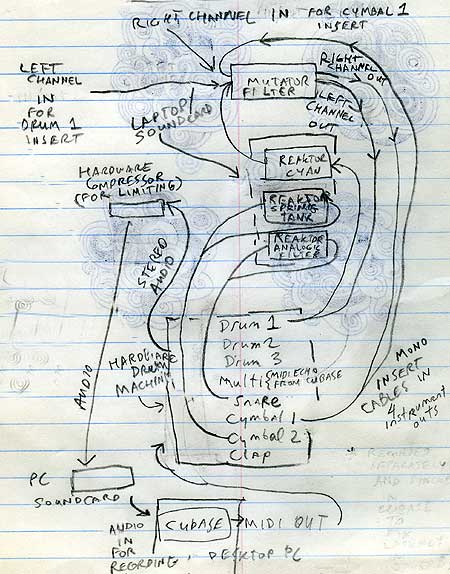Don't remember the second part of this sentence being in yesterday's draft of Roberta Smith's New York Times notice of Kenneth Noland's death, but could have missed it: "In the 1960s, Color Field painting vied for dominance with Pop Art and Minimalism, ultimately losing the contest in terms of both critical stature and market share."
Smith thus poses art history as a capitalist struggle that Noland lost by remaining "ardently loyal to his formalist principles," as she puts it. Perhaps if he had switched to Pop he would have done better. Still, am not aware that museums took down their Nolands and Morris Louises and Helen Frankenthalers as a result of Color Field "losing the contest"; seems like I've seen Paul Feeley's work at Matthew Marks within the last 10 years.
Noland produced some butt-awful paintings in his later days but news articles aren't usually the place to get into that; as I noted over at Paddy's it read like Smith was getting in one last dig at her hated "formalism" (which official Times Noland obit writer William Grimes somewhat more enthusiastically called "high modernism")--and the artist is dead: there is no reason to harry him into the grave with all this agenda.
(For those just joining us, an entire generation of critics and academics cut its teeth opposing abstract painting advocate Clement Greenberg and the artists he supported after 1960 or so, including Noland. That generation doesn't agree on anything subsequent to that marvelous time of struggle but it's de rigueur to say Clem "lost" in every available forum, including news articles.)
My dog in this hunt: Noland's first decade or so is stunning and I never believed for a minute that it was about some pedantic Josef Albers "make one color look like two" exercise. The paintings are too vibrant and the colors too intuitive to be about teaching anything. It's about pleasure and transport and non-verbal thought, something the later '60s hair shirts can't abide. Still.
Afterthoughts: Color field painting and the minimalist art it inspired are so alike you'd think no one would distinguish them now. Despite the talk of pleasure and transport above, these are still very cool, stylish/stylized objects. The fact that one group of hippies didn't want color and another did is still reverberating now in the obits, an astounding fact. I suspect (but can't prove) what Roberta Smith really meant to say is that Noland's work got bad towards the end, which she ascribes to inflexibility on his part, but that would be too over-the-top so she softened it with the market share and critical stature talk, which she probably also believes. In any case, a death notice in the "paper of record" wasn't the place for the digs. (Writing in progress, sorry for the revisions.)

